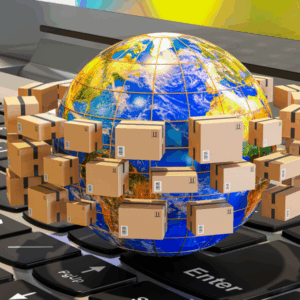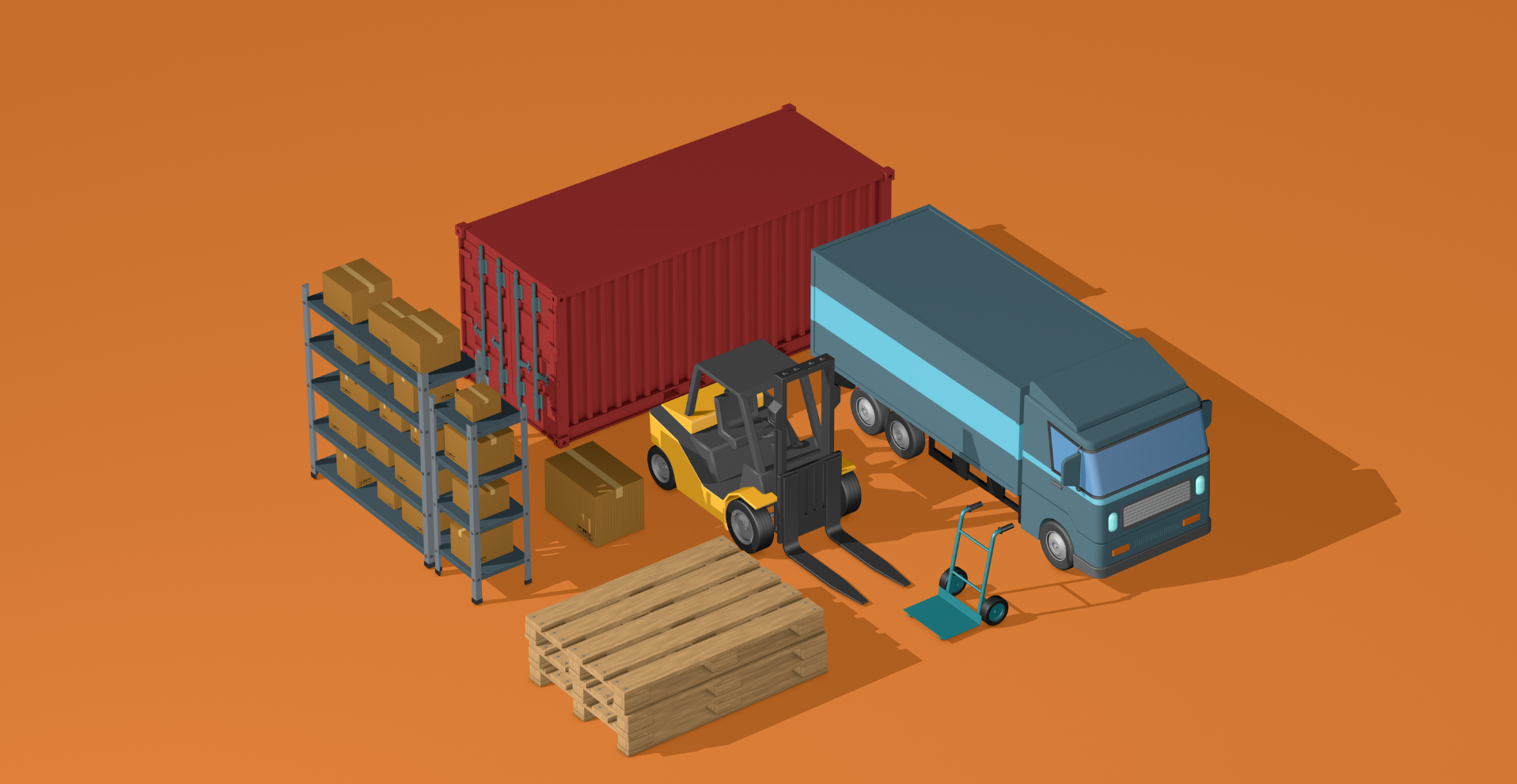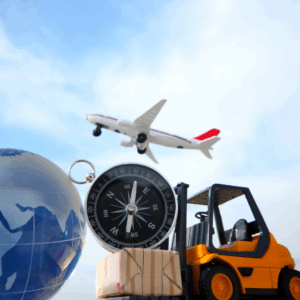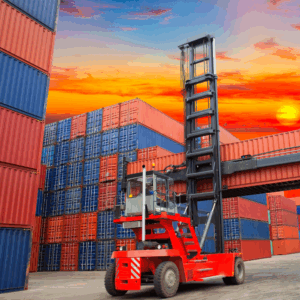
In this guide, we examine the real impact of tariffs on international trade, shipping costs, inventory strategies, and supply chain management. We also discuss how ExFreight’s fully digital logistics platform empowers businesses to adapt and thrive in uncertain times.
What Are Tariffs and Why Do They Matter?
Tariffs are taxes imposed on imported or exported goods. Governments use them to protect domestic industries or retaliate against unfair trade practices. However, these measures can lead to price increases, supplier shifts, and bottlenecks in the supply chain.
Key Points:
- Tariffs increase the cost of importing goods, affecting prices and profit margins.
- They often trigger countermeasures, disrupting existing trade routes.
- Sudden policy changes force companies to reevaluate sourcing and logistics.
How Do Tariffs Affect Supply Chain Operations?
- Higher Costs Across the Board
Tariffs raise the landed cost of goods, forcing companies to either absorb the extra fees or pass them on to customers. This often impacts sourcing decisions, as businesses seek alternative suppliers in tariff-free regions.
Keywords: tariffs, supply chain, international trade, and supply chain
- Disrupted Forecasting and Inventory Planning
Unpredictable tariff changes lead to uncertainty in demand forecasting and inventory management. Companies often pre-load shipments ahead of tariff deadlines, causing congestion and inefficiencies.
- Shift in Trade Routes and Modal Choices
To avoid high duties, companies reconfigure their supply chains. For instance, some U.S. companies now import directly into Canada or Mexico and distribute from there, avoiding double tariffs.
Tariffs in Action: U.S.-China Trade War & Its Ripple Effects
In recent years, massive tariffs have been imposed on Chinese goods, up to 125% on certain products. These actions forced companies to:
- Move manufacturing to Vietnam, Mexico, and India.
- Increase reliance on air freight due to urgent pre-tariff shipping.
- Switch from full container loads (FCL) to less-than-container loads (LCL) or air freight shipping for flexibility.
Example: Container rates from Asia to the U.S. surged in response to tariffs, with East Coast prices hitting $3,541 per FEU (forty-foot equivalent unit).
Adapting Supply Chain Strategy Through ExFreight
At ExFreight, we help companies streamline international shipping even under tariff pressure.
Digital Freight Platform Advantages:
- Instant quotes for LTL, air freight, ocean freight, and FCL/LCL shipments.
- Live tracking with GPS for all international freight transportation.
- Customs & documentation integration, including SLI (Shipper’s Letter of Instruction) forms.
- Automated routing & carrier selection based on cost, speed, and reliability.
Services Tailored for Tariff-Impacted Routes:
- Ocean freight with flexible port alternatives
- Air freight shipping to avoid delays
- Neutral freight forwarding support for 3PLs and SMEs
- Volume-based rate models to offset rising costs
International Trade and Supply Chain Management: A Long-Term View
Supply chain resilience is now a priority. Beyond tariffs, logistics leaders must navigate:
- Political instability
- Geopolitical alliances (e.g., USMCA, EU free trade)
- Sustainability requirements
Best practices include:
- Diversifying supplier bases
- Building inventory buffers
- Using digital logistics platforms like ExFreight for real-time adaptability

How do tariffs affect supply chain costs?
Tariffs raise import costs, often forcing businesses to increase product prices or cut profit margins. This affects every layer of the supply chain from raw material sourcing to final delivery.
What does ExFreight offer for international shipping?
Through our online portal, we offer air and ocean freight services, LTL trucking, customs clearance, and digital booking to over 150 countries.
How do I get a shipping rate?
Log in to your ExFreight account, enter shipment details, and receive instant quotes with breakdowns by mode (air, ocean, LTL) and carrier—no subscription required.
What are ExFreight’s shipping terms & conditions?
We offer door-to-door and door-to-port options. Rates include export declarations and terminal charges, but not duties or storage unless stated. Learn more in our complete Shipping Guide.
How does LTL shipping work?
LTL (less-than-truckload) uses shared truck space, and pricing is density-based. You only pay for the space your cargo uses. ExFreight offers automated classing to prevent reclassification charges.
Tariffs have become a defining force in global trade, shaking up long-standing supply chain models. They increase costs, create uncertainty, and compel companies to rethink their sourcing and logistics strategies. But they also present opportunities for innovation, agility, and digital transformation.
With ExFreight, businesses can adapt confidently. Our platform delivers real-time visibility, instant quoting, and global freight management tools designed for today’s volatile market.
Ready to ship smarter?
Get your instant international freight quote with ExFreight now.





Leave A Comment
You must be logged in to post a comment.